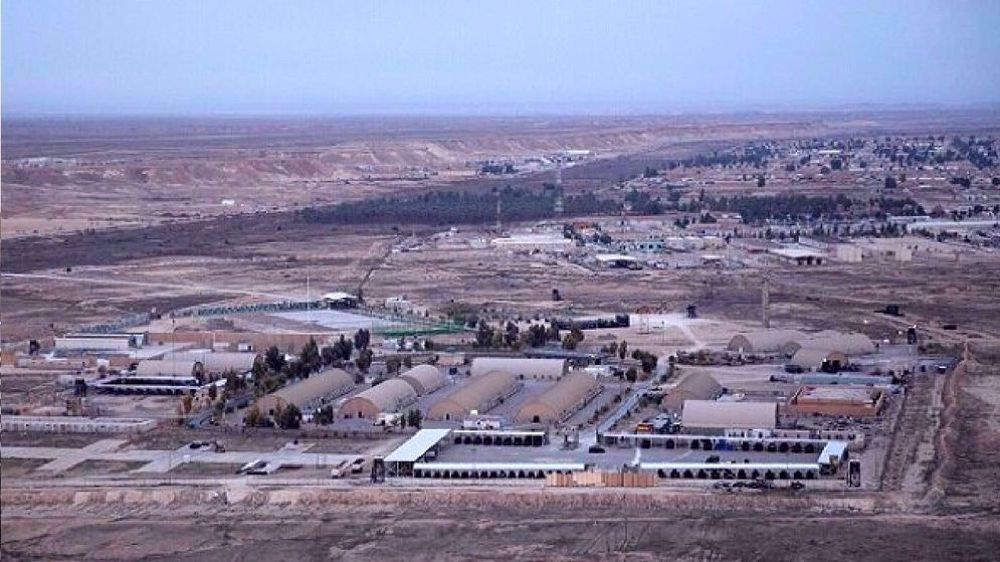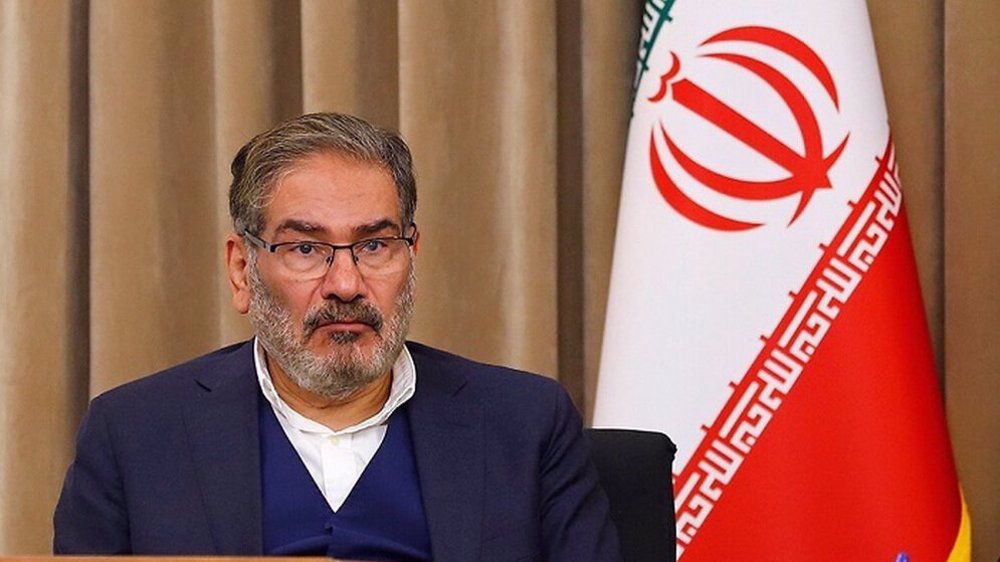North Korean missile could reach US in a year: Intelligence officials
American intelligence agencies say that it will take only one year for North Korea to have missiles capable of reaching the United States.
In the new estimate, which is 3 years shorter than the previous one, an intercontinental missile capable of carrying a nuclear weapon would survive the stresses of re-entry, according to several administration officials briefed on the new assessment.
This comes as earlier this month Pyongyang test-fired its first ICBM, which experts believe can reach Alaska.
The North said the missile, that was launched on July 4, the US Independence Day, could hit anywhere in the world.
Read more:
The officials also said that the new assessment shows they underestimated the determination of North Korean leader Kim Jung-un to race ahead with a weapon that could reach the US soil, even if it is not accurately engineered.
Last week, General Paul Selva, the vice chairman of the Joint Chiefs of Staff, testified before the Senate Armed Services Committee, saying the most recent test did not show that North Korea possesses “the capacity to strike the United States with any degree of accuracy or reasonable confidence of success.”
However, Selva’s statement went far beyond what most officials at the Pentagon had been allowed to reveal for the public before the most recent test.

It also reflects a growing notion, from the Defense Intelligence Agency to the CIA, that Kim’s missile engineers have been able to clear most of the major hurdles, even though they are still refining the technology.
According to one senior intelligence official, the best the US can do now is delay the day when North Korea demonstrates its missiles can reach beyond Alaska and Hawaii.
“It’s a big long supply chain to build this thing out,” the director of the Central Intelligence Agency, Mike Pompeo, said last week at the Aspen Security Forum, the first public reference to a long-running covert program to undermine the parts and technologies being taken into North Korea.
“As for the regime, I am hopeful we will find a way to separate it” from its missile and nuclear capabilities, he added.
A spokesperson for the Office of the Director of National Intelligence issued a statement from Scott Bray, the national intelligence manager for East Asia, which somewhat acknowledged that judgments are shifting.
“North Korea’s recent test of an intercontinental range ballistic missile — which was not a surprise to the Intelligence Community — is one of the milestones that we have expected would help refine our timeline and judgments on the threats that Kim Jong-un poses to the continental United States,” Bray wrote.
“This test, and its impact on our assessments, highlight the threat that North Korea’s nuclear and ballistic missile programs pose to the United States, to our allies in the region, and to the whole world.”
Yemen military chief: Support will continue until Palestine liberated
Iranian military advisor warns of enemy plots, urges national unity
VIDEO | One year on, Dr. Hussam Abusafiah still suffering in Israeli jails
Iran repels massive cyberattack on communications infrastructure
Eslami: Iran’s nuclear industry advances despite sanctions, strikes
VIDEO | Martyr Abu Mahdi warship
Iran’s engineering feat beneath Persian Gulf for gas supply
Israeli military confirms soldier’s death in apparent suicide case










 This makes it easy to access the Press TV website
This makes it easy to access the Press TV website